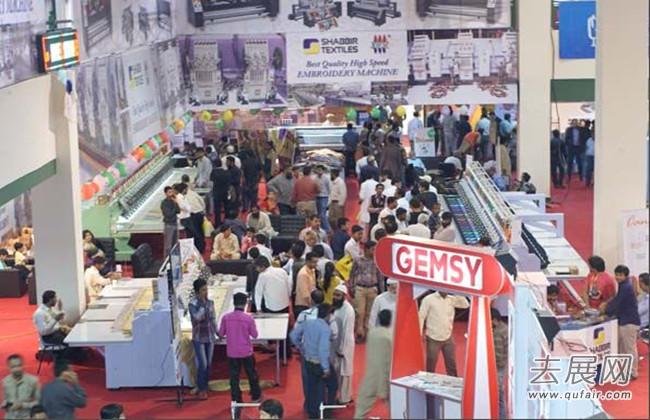
Pakistan Textile Expo 2017 Review
Exhibition time:2017Year9moon16-18day1Year2session
Exhibition venue: Pakistan(Lahore)Exhibition center
Exhibition Organizer: Ministry of Textile Industry, Pakistan
Supporting organizations:
Government of Sindh; Municipal Government of Karachi; Pakistan Cotton Garments Manufacturers and Exporters Association; Pakistan Knitwear Exporters Association; Yarn Traders Association; Pakistan Towel Manufacturers Association; Pakistan Towel Exporters Association;
Current Status of Textile and Garment Industry in Pakistan:
Pakistan’s textile industry accounts for 46% of the total manufacturing industry; the country’s textile industry employs 15 million people, which is 38% of the total manufacturing employment; in recent years, textile and clothing exports accounted for about 66% of the total; exports; in the last three years, the textile industry has used foreign direct investment of about US$ 30 million, while the total investment in the textile industry in the last three years has been about US$ 1.25 billion; In January 2014, Pakistan’s textile industry finally got the long-awaited GSP status. After the European Commission announced that the bill would come into force at the end of the month, nearly 90% of Pakistani textile and clothing products exported to the EU will enjoy tariff preferences. By then, textile products from Pakistan’s textile industry will be competing with products from other Southeast Asian countries at lower prices. According to estimates from the Pakistan Textile Mills Association, in four years, under the EU’s “special supervision”, the annual export volume of Pakistan’s textile industry could double from the current $13 billion to $26 billion. While the international market is still cold, the warm spring of Pakistan’s textile industry has come early. China’s market share in global textile trade stands at $300 billion. Over the past two years, due to factors such as rising production costs, China’s textile and garment industry has lost nearly $30 billion in market share to Southeast Asian countries.
After the EU resolution was issued, Pakistani industrialists applauded and believed that obtaining GSP Plus status would create about one million new jobs in Pakistan, promote the development of the textile industry and improve the national economy. GSP Plus status. After the EU extended its GSP treatment, exports to Europe increased significantly from January to February this year. Among them, textile and clothing exports amounted to US$447 million, an annual increase of 30.7%; leather exports reached US$25.46 million, an annual increase of 15.2%; carpet exports reached US$9.88 million per year; -year-on-year increase of 12.8%.
Scope of the exhibition:
Fabric:Synthetic fiber fabrics (woven/knitted), natural fiber fabrics (woven/knitting), garment leather, fancy finishes, home textiles, duvet covers, blankets, accessories,CAD/CAM;Bed linen, tablecloths, decorative fabrics, kitchen textiles, upholstery fabrics, wall decorations, threads and fibres, monofilaments and raw materials;
Excipients:Belts, buttons, needlework, embroidery, rhinestone accessories, ribbons, badges, buttons, rubber trim, buttons, zippers, etc.;
Computer-aided equipment and technologies: design, data monitoring software and test systems;CAD,CAM/CIMprocessing software.



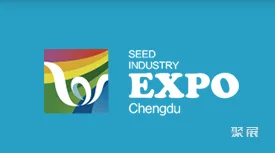
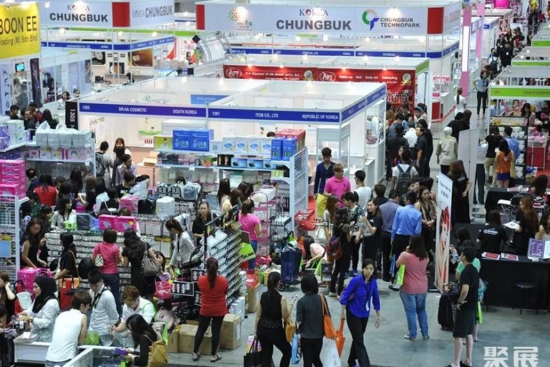
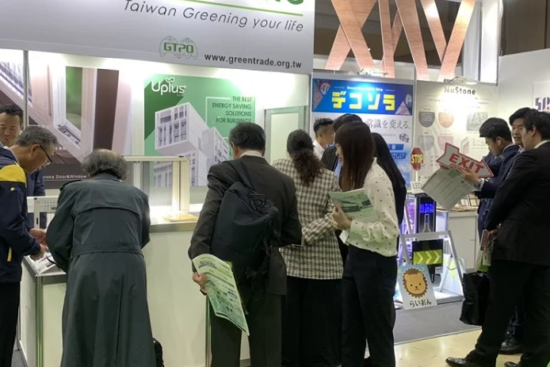
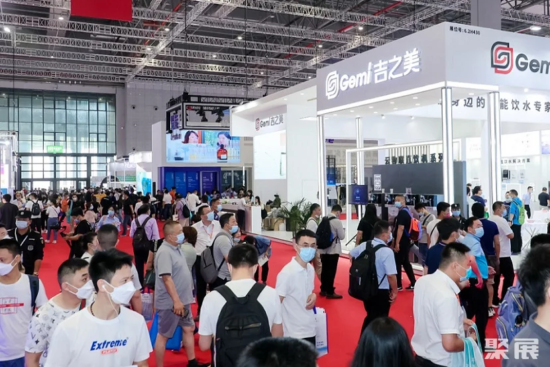
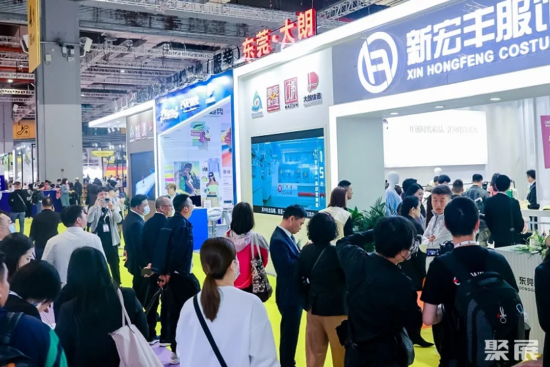
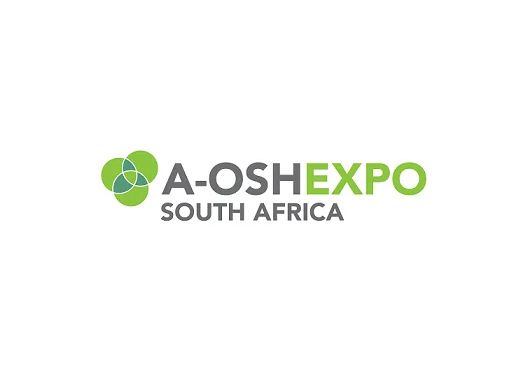
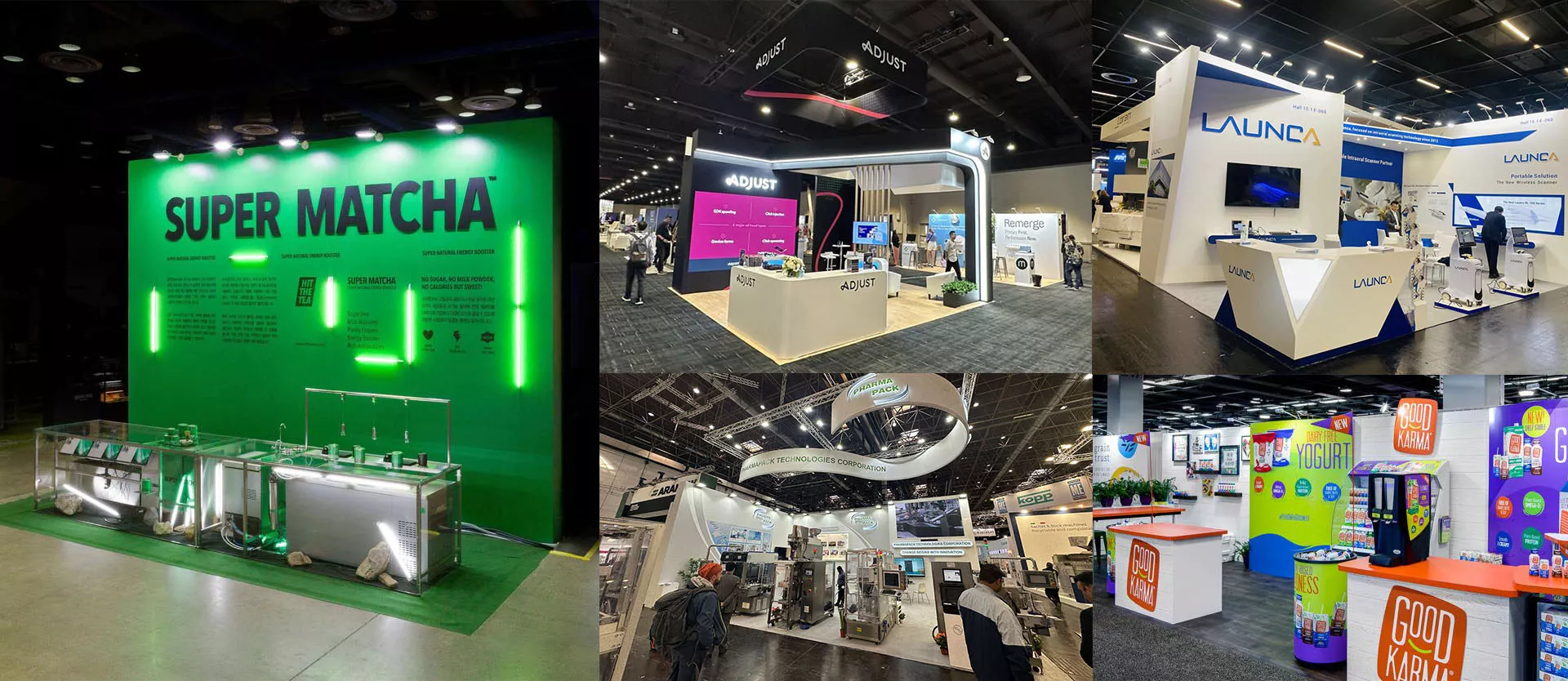

Leave a Reply Cancel reply
You must be logged in to post a comment.